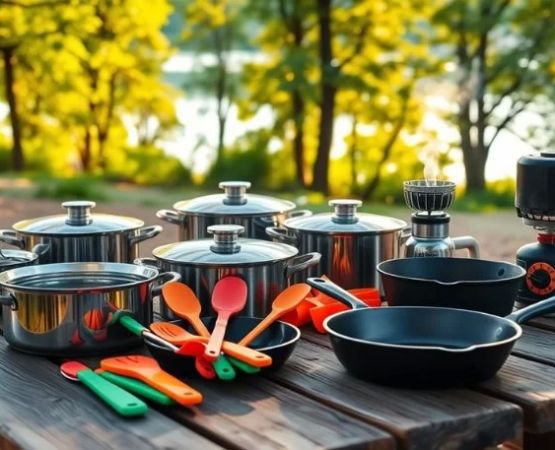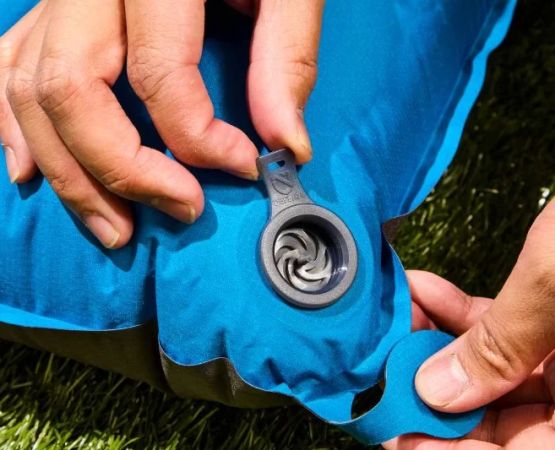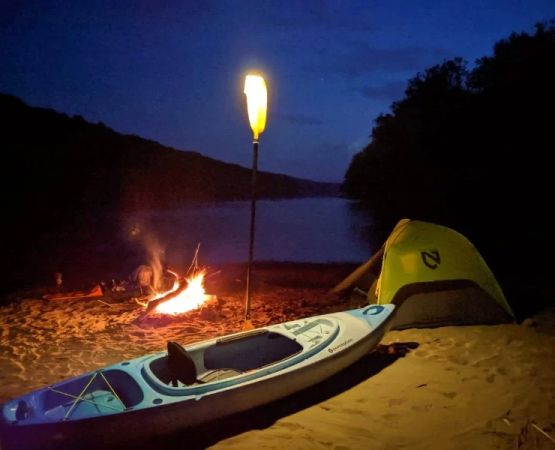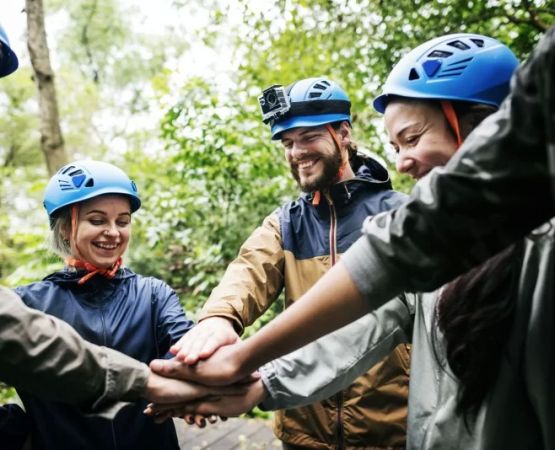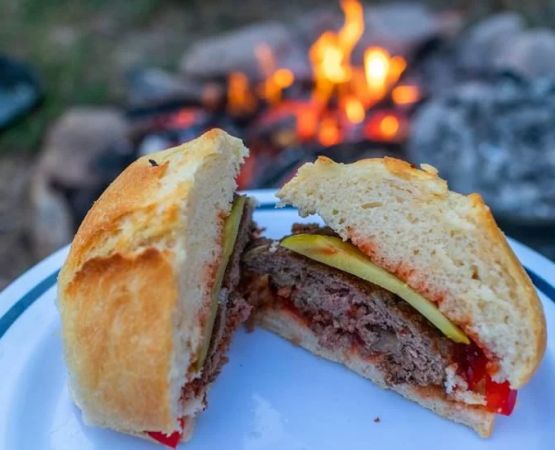- understanding-seasonal-sleeping-bag-ratings - Understanding Seasonal Sleeping Bag Ratings
- key-factors-to-consider-before-buying - Key Factors to Consider Before Buying
- real-use-case-choosing-right-bag-for-the-rockies - Real Use Case: Choosing the Right Bag for the Rockies
- material-matters-synthetic-vs-down-fill - Material Matters: Synthetic vs Down Fill
- picking-a-sleeping-bag-by-climate-zone - Picking a Sleeping Bag by Climate Zone
- get-the-most-from-your-outdoor-trip - Get the Most from Your Outdoor Trip
1. Understanding Seasonal Sleeping Bag Ratings
When choosing the best sleeping bag for outdoor use, the first step is understanding temperature ratings. These ratings help identify which bag will keep you comfortable in spring rain, summer heat, autumn winds, or frigid winter nights. For instance, a 20°F bag is often ideal for three-season camping, while sub-zero bags are made for high-altitude or winter expeditions.
2. Key Factors to Consider Before Buying
2.1 Temperature Range vs. Reality
Sleeping bags are tested in labs, but real-world factors—like wind, humidity, clothing layers, and even body type—can impact how warm you feel. Always buy for slightly colder conditions than expected. A bag rated for 30°F may be cozy in 40°F but uncomfortable at the freezing point.
2.2 Weight and Packability
Backpackers need lightweight, compact bags. Car campers have more flexibility. Don’t overlook how difficult some bags are to repack—this can become an annoying daily chore on the trail.
2.3 Shape and Fit
Mummy-shaped bags retain heat best but can feel restrictive. Rectangular bags offer room to move, while semi-rectangular or hybrid designs offer a balance of comfort and efficiency. Women-specific bags often include extra insulation at the feet and torso.
3. Real Use Case: Choosing the Right Bag for the Rockies
Jason and his wife planned a fall camping trip to the Rockies. He chose a basic sleeping bag rated to 40°F; she invested in a quality mummy-style down bag rated to 15°F. After a sudden temperature drop to 20°F, Jason spent the night shivering, while his wife slept comfortably. That night, he learned firsthand how critical it is to pick the right sleeping bag for climate.
4. Material Matters: Synthetic vs Down Fill
4.1 Down Insulation
Down-filled sleeping bags offer unmatched warmth-to-weight ratios. However, they’re more expensive and lose insulation ability when wet unless treated with hydrophobic coatings. Best for dry climates or when paired with waterproof bivvy sacks.
4.2 Synthetic Insulation
Synthetics are cheaper, still insulate when damp, and dry quickly. While bulkier, they’re often the better choice for wet or humid environments. For example, summer trips to the Pacific Northwest are often better tackled with synthetic bags.
5. Picking a Sleeping Bag by Climate Zone
Choosing the best sleeping bag for every season and climate requires understanding your specific destination. Here’s a breakdown:
5.1 Hot, Dry Areas (Deserts, Southwest USA)
Use lightweight summer bags or quilts with high breathability. A 40°F-rated bag is usually sufficient.
5.2 Cold, High-Elevation Zones (Alps, Rockies)
Use four-season bags with high fill power (800+ down or equivalent synthetic). Mummy design and draft collars make a difference.
5.3 Temperate Forests (Northeast USA, Central Europe)
Three-season sleeping bags (15°F to 30°F rating) with moisture resistance work best. Look for a hooded design for additional comfort and warmth.
6. Get the Most from Your Outdoor Trip
Whether you're camping under pine trees, hiking alpine trails, or enjoying a family tent setup, having the right sleeping gear defines your experience. At Pine Cliff Resort, we not only provide access to beautiful campgrounds but also connect outdoor lovers with expertly tested and season-appropriate gear. Don’t let poor equipment cut your trip short. Find your ideal match and rest easy under the stars.


